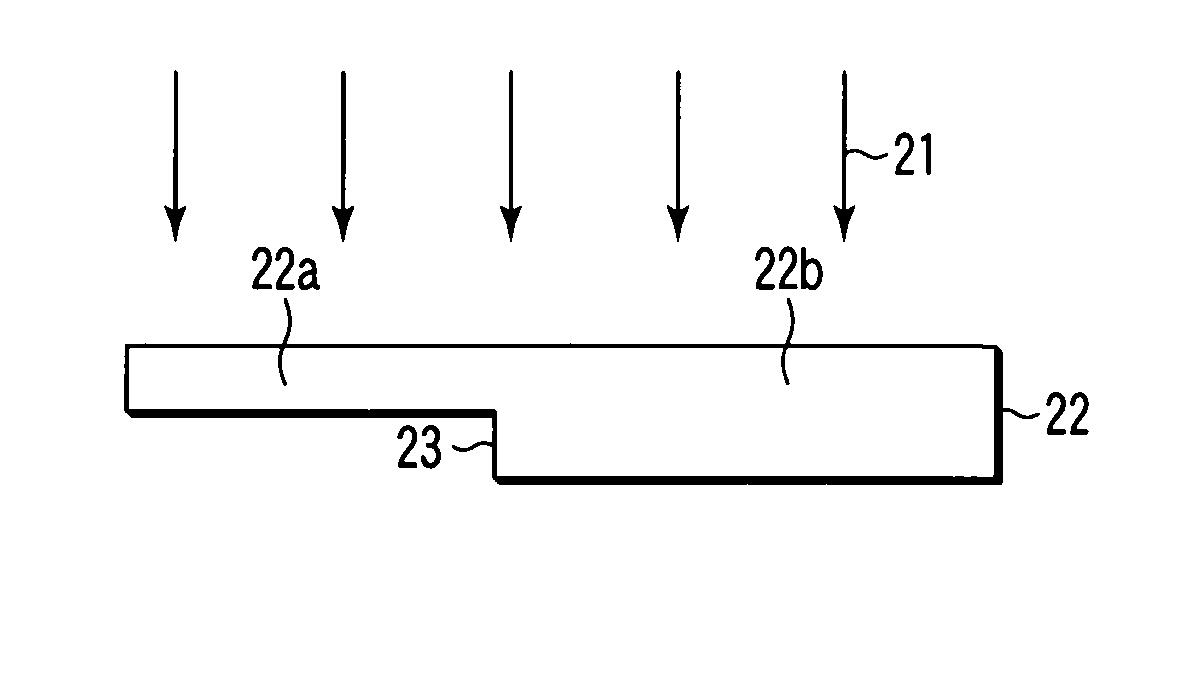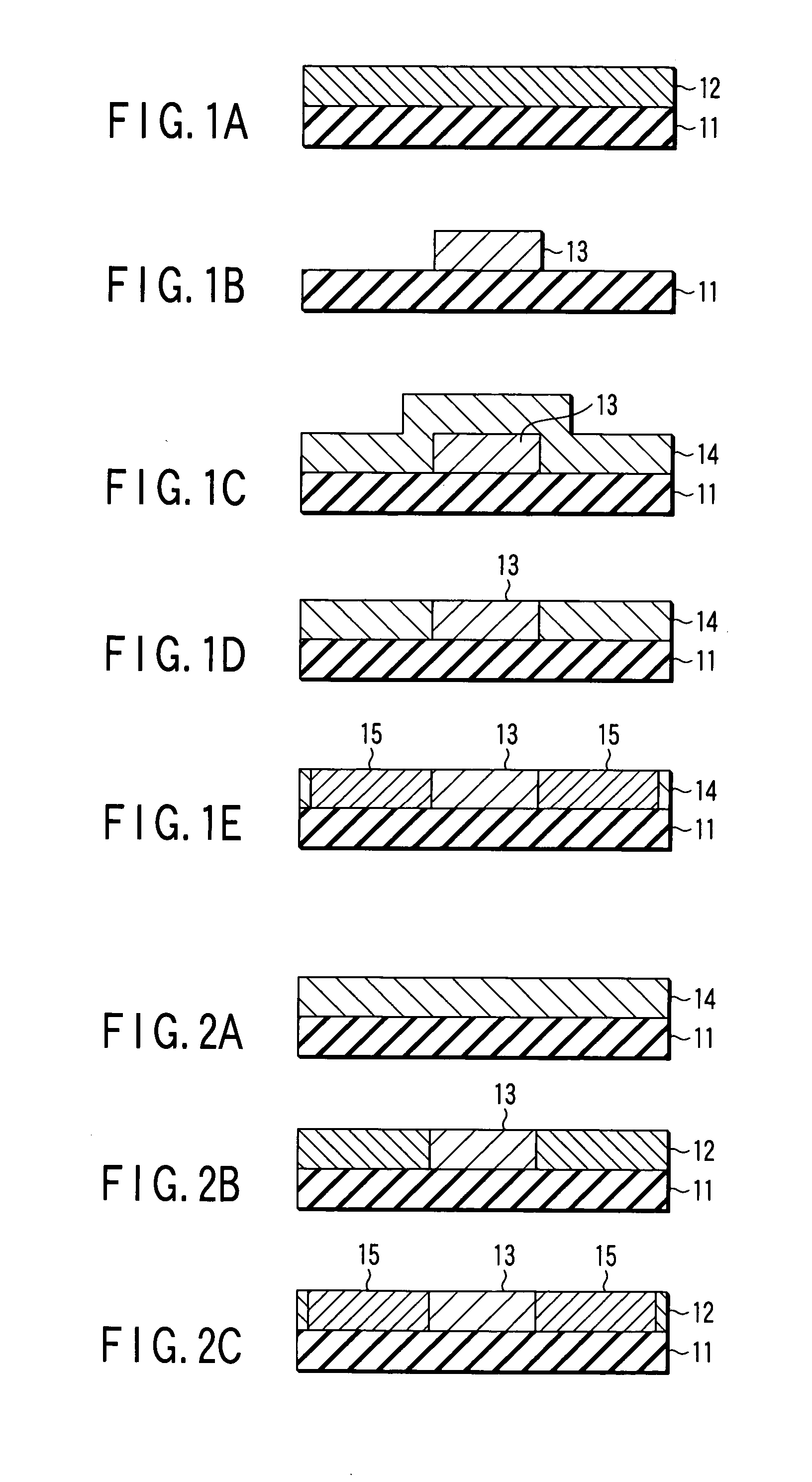Method and apparatus for forming crystallized semiconductor layer, and method for manufacturing semiconductor apparatus
a technology of crystallized semiconductors and manufacturing methods, applied in semiconductor devices, instruments, optics, etc., can solve the problems of deterioration of the quality of the semiconductor film formed on the porous film, lowering the strength of the manufactured thin film semiconductor device, etc., and achieves the improvement of the mobility of electrons or holes
- Summary
- Abstract
- Description
- Claims
- Application Information
AI Technical Summary
Benefits of technology
Problems solved by technology
Method used
Image
Examples
Embodiment Construction
[0038] Embodiments according to the present invention will now be described with reference to the accompanying drawings. In respective figures, like reference numerals denote substantially the same or similar parts or members, and their detailed explanations will be eliminated.
[0039] In the present invention, as arrangement conformations of a crystal seed, there are roughly two types of conformations. An example of a first conformation will now be described with reference to FIGS. 1A to 1E.
[0040] A non-single crystal semiconductor such as an amorphous silicon film 12 is formed on an insulative base substance 11 formed of a glass substrate or the like by a known film formation method, e.g., a CVD method (FIG. 1A). Thus, a base body is formed in order to form this amorphous silicon film 12 as a crystal seed, crystallization processing is applied by a known method, e.g., the method described in the section “background”, and shaping processing is applied to the film in order to obtain...
PUM
| Property | Measurement | Unit |
|---|---|---|
| electron mobility | aaaaa | aaaaa |
| particle size | aaaaa | aaaaa |
| temperature | aaaaa | aaaaa |
Abstract
Description
Claims
Application Information
 Login to View More
Login to View More - R&D
- Intellectual Property
- Life Sciences
- Materials
- Tech Scout
- Unparalleled Data Quality
- Higher Quality Content
- 60% Fewer Hallucinations
Browse by: Latest US Patents, China's latest patents, Technical Efficacy Thesaurus, Application Domain, Technology Topic, Popular Technical Reports.
© 2025 PatSnap. All rights reserved.Legal|Privacy policy|Modern Slavery Act Transparency Statement|Sitemap|About US| Contact US: help@patsnap.com



